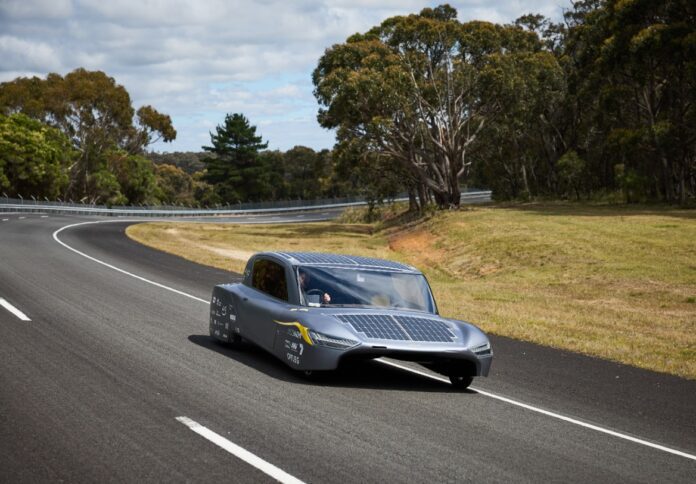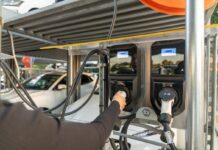
UNSW Sydney’s Sunswift 7, the world’s fastest electric vehicle capable of covering over 1000km on a single charge, is gearing up to compete in the prestigious Bridgestone World Solar Challenge taking place from 22 to 29 October.
This student-built, solar-powered car will take on teams from around the world in an arduous race spanning more than 3,000km from Darwin to Adelaide, the university said in a news release.
In particular, the Sunswift car will be equipped with 5G transmission equipment from Optus and Cradlepoint and cloud computing services from Amazon Web Services (AWS) to transmit a live video feed via Starlink satellites to a large screen on the UNSW campus.
Telemetry data from the car will also be transmitted back to a team of student engineers serving as race control, stationed in special Spacecube modular buildings set up on campus.
Sunswift already boasts a Guinness World Record, having completed 1,000km on a single charge in under 12 hours in December 2022.
Now, the team is pushing the boundaries even further by utilizing Elon Musk’s SpaceX Starlink system to livestream continuous footage from inside the car throughout its journey across the Outback, all the way back to UNSW Sydney.
Richard Hopkins, Sunswift Racing Team Principal and Professor of Practice, who previously served as Head of Operations at the Red Bull F1 team, likened this technological development to NASA’s space missions.
“Effectively we are going to be broadcasting the race live from our car in the middle of the desert all the way back to Sydney using 5G mobile,” Prof Hopkins explained.
He added the comparison is drawn to NASA’s mission control, where individuals in Houston can closely monitor the events as a rocket embarks on its journey into space.
In a similar fashion, a race control team will be stationed on the university campus, meticulously reviewing the telemetry and data generated by the car.
“This is about showcasing the technologies and showing that we can broadcast video from the middle of nowhere and livestream that back to a jumbo screen on campus for people to cheer us on,” Prof Hopkins stated.
Media opportunities, including filming and interviews, will be available on Thursday, 28 September from 9:30 AM to 11:30 AM at UNSW Sydney’s Kensington campus before the team heads to Darwin for the World Solar Challenge event.

















